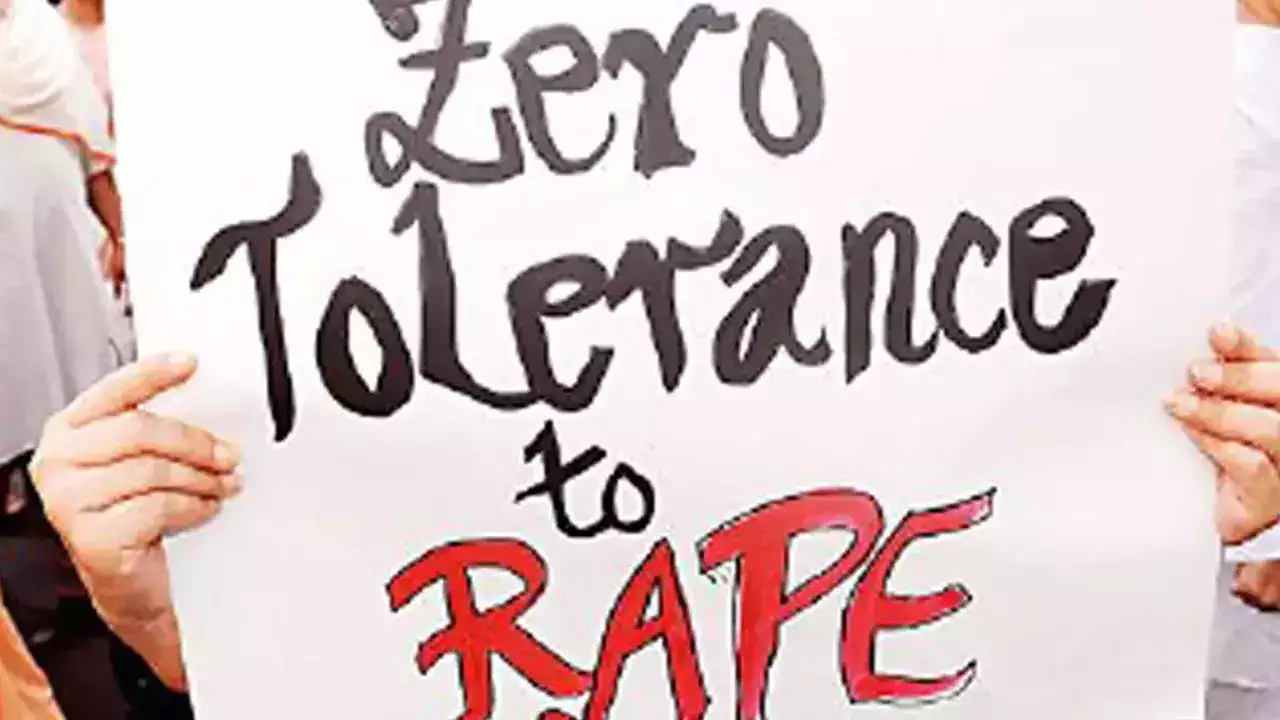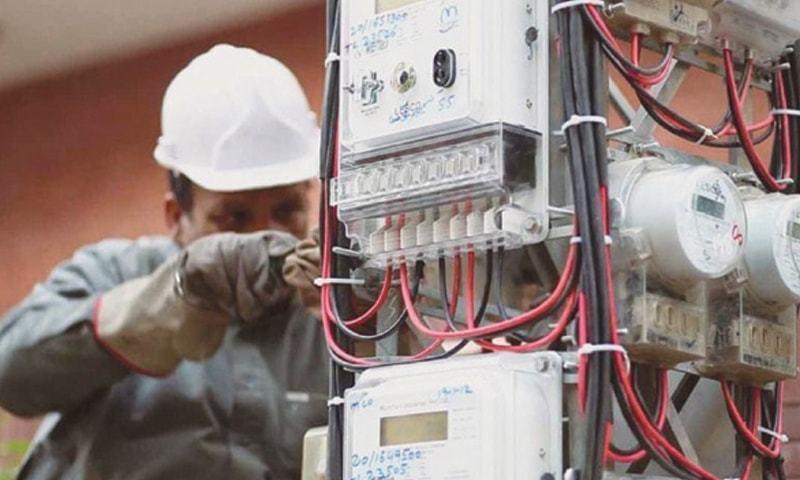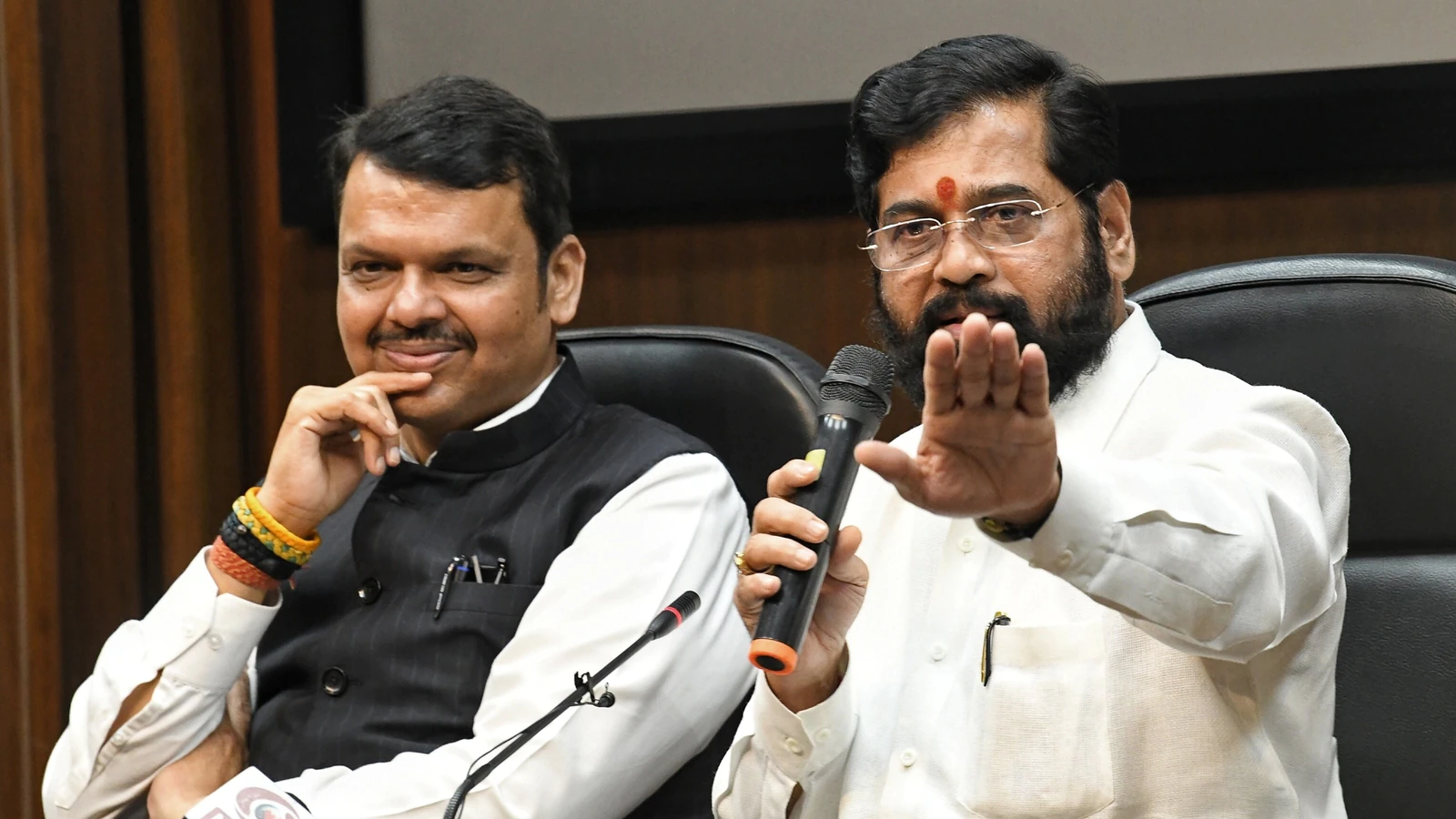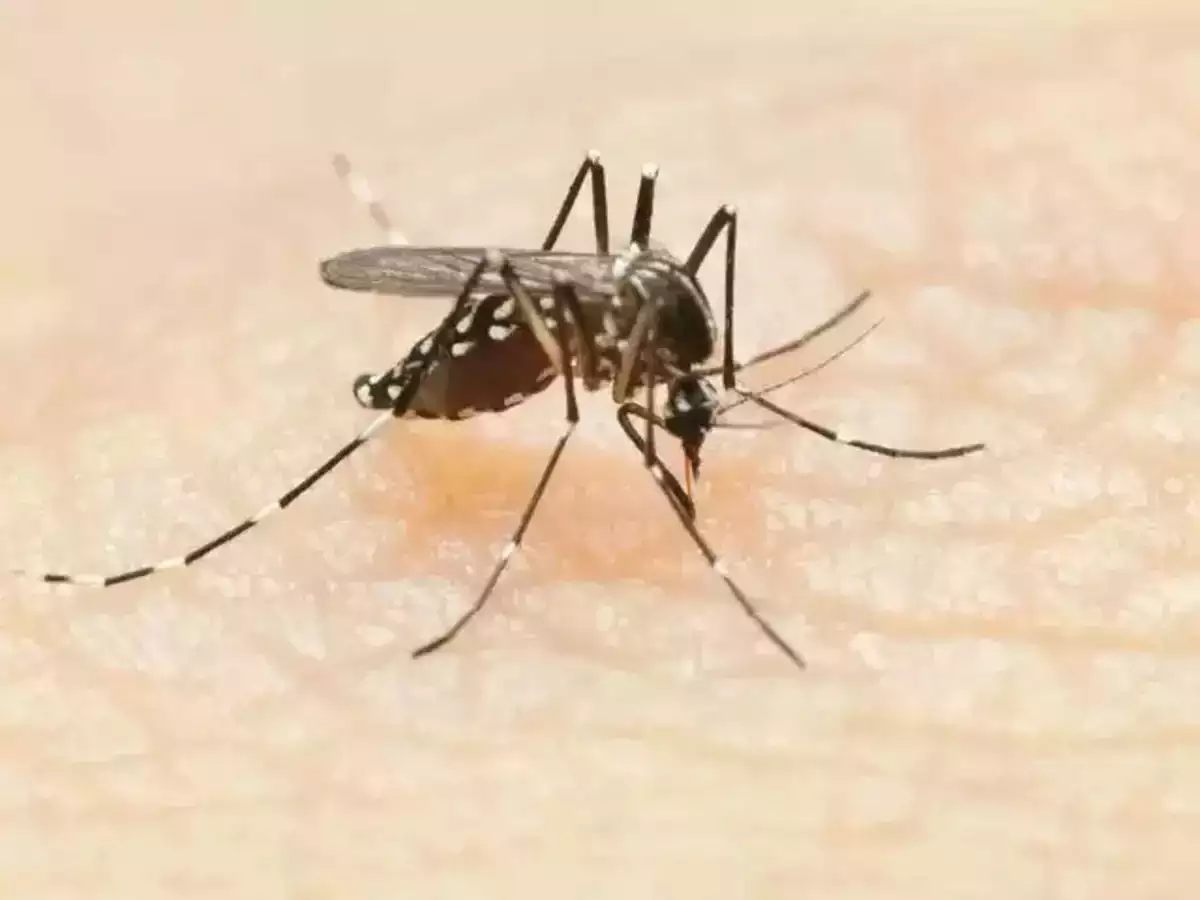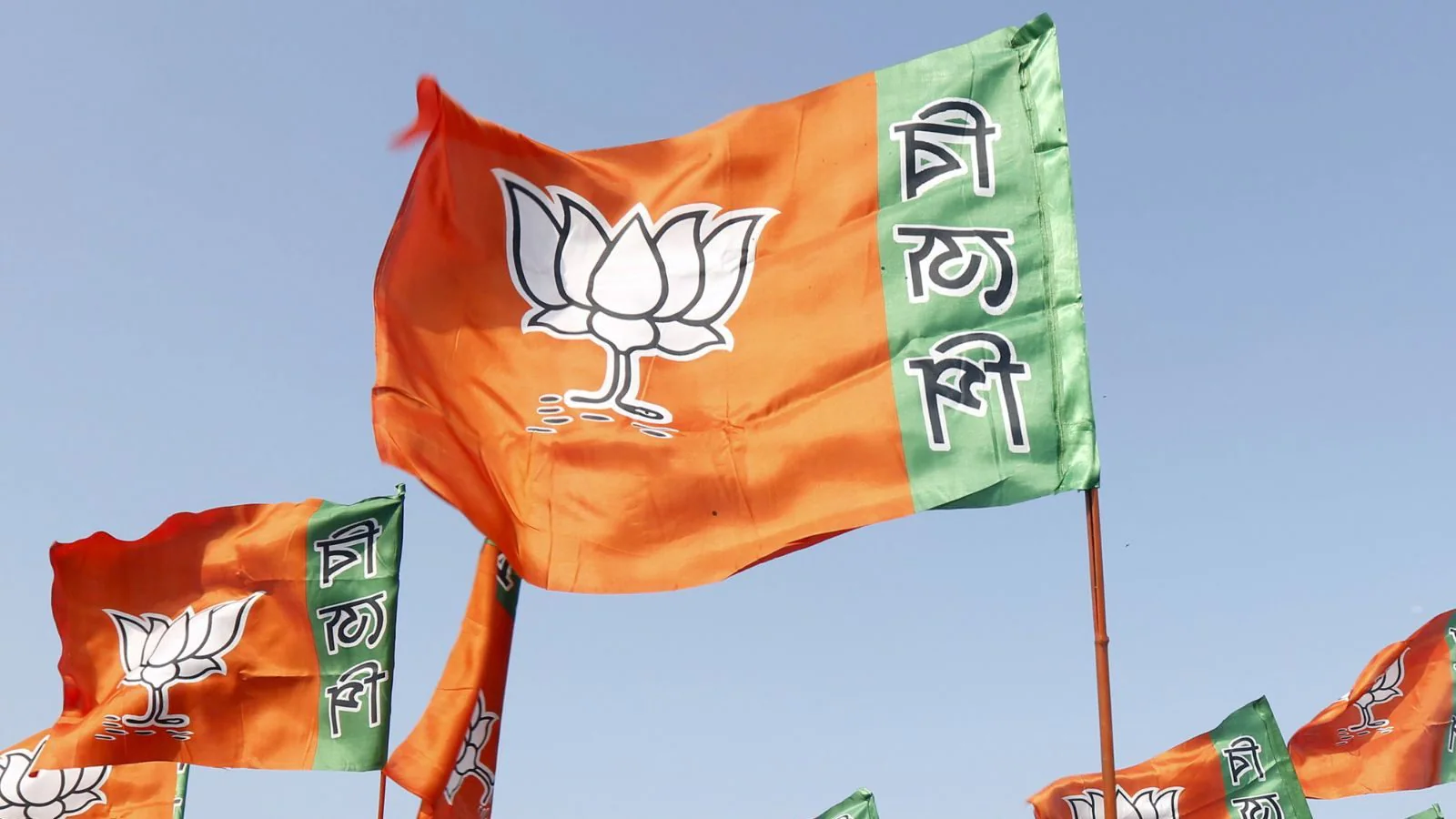A case of digital rape involving a 3-year-old girl has been reported to a local police station in Greater Noida West. According to the victim’s complaint, someone from the school, along with her daughter at the play school, committed digital rape.
The incident was also recorded on the school’s CCTV system. On the other hand, the victim had told her parents that her uncle had done wrong to her at school. However, the child was unable to identify the accused. According to police, the case is being investigated, and the accused will be arrested soon.
What exactly is digital rape?
Because there have been incidents of sexual assault via digital media, the term “digital rape” may conjure up images of the internet or the cyber environment.
Keep in mind that the term “digital rape” does not refer to any sexual offense committed online, such as defacing an individual’s identity or misusing any online platform.
However, it means forcibly inserting one’s fingers or toes into another person’s private parts without their consent. Because the word “digit” in English implies finger, thumb, and toe, the act has been dubbed “digital rape.”

Until December 2012, ‘digital rape’ was considered molestation and did not qualify as rape. Following the heinous gang-rape case in Nirbhaya in 2012, new rape laws were introduced in parliament, and the act was designated as a sexual crime.
Loopholes in law
Previously, in Mumbai, a 2-year-old girl was brought to the hospital bleeding, and doctors discovered that her vagina was ruptured, but no evidence of sexual abuse or rape was found. Her father, on the other hand, was discovered with his fingers penetrating the little girl. He was arrested but not charged or punished under Section 376 of the Indian Penal Code, which deals with rape crimes.
There are numerous loopholes in Section 376 of the IPC, which deals with sexual offenses, because crimes committed on the internet, which essentially involve “violations of a woman’s dignity using fingers, foreign material, or any other part of the human body, were not deemed a crime under any section.”
let’s understand these ropes
Legislators divide rape victims into two categories: majors and minors. While major digital rapists are charged and tried under Section 375, minor digital rapists face charges under both Section 375 and the POCSO Act.
The act of forcing a male genital, any foreign object, or any other part of the body into a woman’s genitals, mouth, anusd, and urethra, according to the new definition, is rape.
Punishment for Digital Rape
The offender faces at least a 5-year prison sentence under the POCSO Act. If a person is charged under Section 376, the sentence can be increased to ten years or even life imprisonment.

